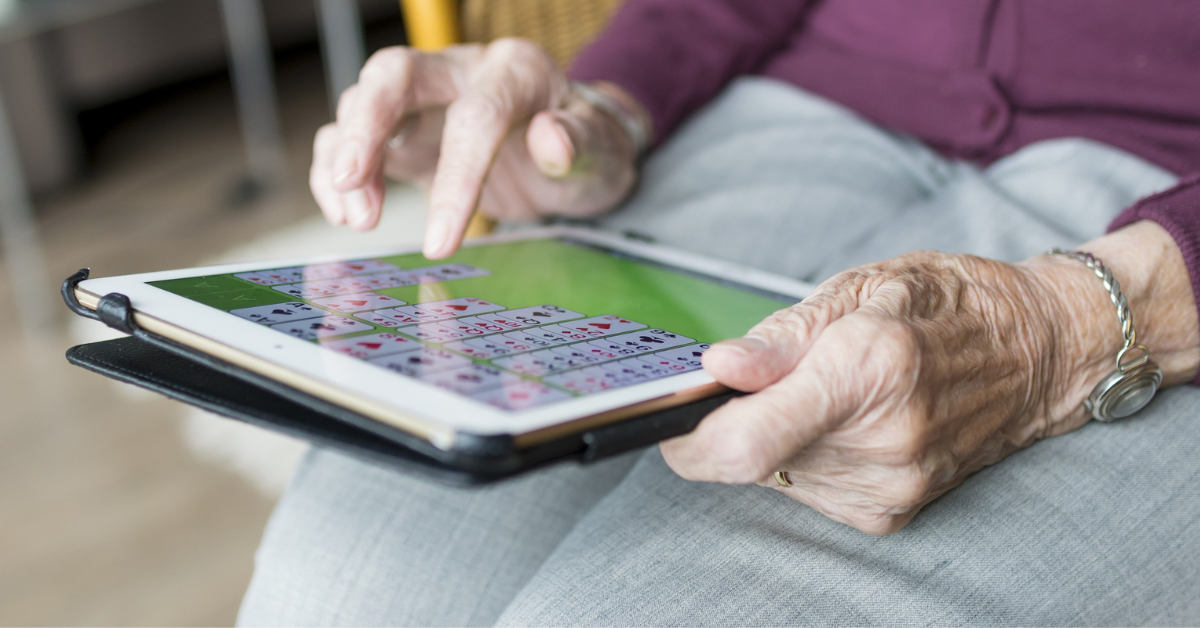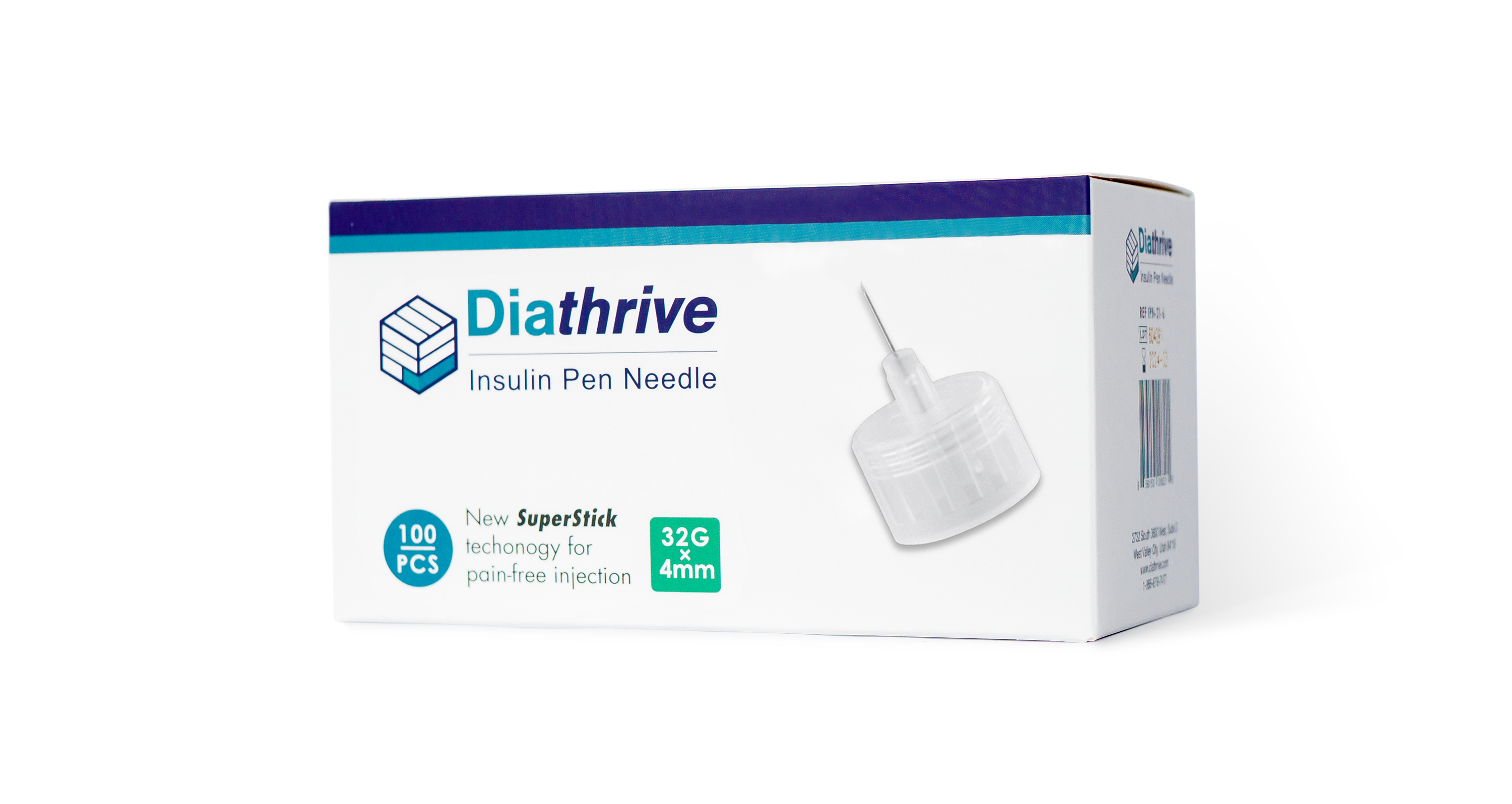
Diabetes technology available today, and a look into the future!
Devices to help people manage their diabetes have come a long way over 100 years! Plastic syringes rather than glass, home glucose monitoring rather than urine testing, insulin pumps and insulin pens to deliver insulin, continuous glucose monitors (CGM), and now automated insulin delivery systems.
The choice of which technology to use is different for each individual. One person may like using insulin pens to deliver insulin, another an insulin pump. Some like glucose meters and others CGM. Cost and insurance coverage can both play a role in which device may fit into your diabetes management plan. Knowledge about what is available will also contribute. Here's an update on the technology that is available today and a glimpse into what may be available in the future.
Insulin Pens
There are a variety of insulin pens both for long acting and short acting insulins. They come pre-filled or in replaceable cartridges. Needle length varies but the research would support that anyone, regardless of size or shape, can use the small 4-5 mm needles. The pens hold 300 units of insulin and come marked in either 1 unit or ½ unit measurements. Two companies produce insulin pens that can connect to a phone app and provide information on how much insulin to give (insulin to carb ratio and correction dose based on the individualized settings) and a history of how much insulin has been delivered. It is so easy to forget if a shot has been given!
Insulin pen users: Did you know Diathrive has Insulin Pen Needles? They fit most insulin pens, cost less than most comparable brands, and they are the most comfortable out there! Available in 32 gauge (4mm) and 31 gauge (5mm, 6mm, 8mm). Subscription is available! Learn more about quality and features of our pen needles here.
Insulin Pumps
At one time there were several options for insulin pumps. But, over the years, options have decreased. Currently, there are three pumps FDA approved in the United States:
- Medtronic
- Omnipod
- Tandem T-Slim
Insulin pumps are for people who give insulin multiple times per day, whether they have type 1, type 2, or latent autoimmune diabetes in adults (LADA). The pump is programmed together with a provider or diabetes educator and the person with diabetes. The pump becomes the calculator. When glucose values and carbohydrate content of the meal are put into the pump, the pump factors in insulin on board (insulin already delivered, including when it was delivered) and calculates a recommended insulin dose. Pumps deliver only rapid acting insulin, but a tiny dose is given throughout each hour (known as the basal rate), so no long-acting insulin is needed. Pumps in general reduce the burden of multiple daily injections, but they do increase the need to problem solve if there is an infusion set failure (the part that connects the pump to the body) which can happen occasionally, or if the pump malfunctions (rare but can happen).
Glucose Meters
What a change they have made since the first glucose meter became available for home use around 1981. The first meters required cleaning after every use and the time for a glucose test result was much longer than the present meters. Over time, the accuracy of home glucose meters has improved and the time to get a result is almost instantaneous. For example, the Diathrive Glucose Meter takes 4 seconds from blood drop to results. Most meters also provide a history of glucose results and an available download to look at trends and patterns to help adjust your diabetes management plan. Glucose meters are reliable, accessible, tried-and-true, and you don't need to buy them through your health insurance plan.
Using a glucose meter requires keeping test strips and lancets on hand, as well as a lancing device. Diathrive has a subscription model for getting everything you need whenever you need it.

Continuous Glucose Monitors (CGM)
These systems have also improved over time. There are 4 FDA approved sensors on the market:
- Dexcom
- Freestyle Libre
- Medtronic Guardian
- Senseonics Eversense
Some of these CGMs are labeled to replace traditional glucose meters completely, while others require occasional calibration by checking blood sugar with a glucose meter and test strip and entering the information into the CGM system.
CGMs measure glucose in your interstitial fluid instead of directly measuring glucose in your blood. There is roughly a 10 minute delay between your blood glucose level and what is measured in interstitial fluids. A sensor is inserted under the skin by the individual wearing the sensor and changed every 7-14 days depending on the sensor brand. One sensor is implanted under the skin and can last up to 90 days.
The difference between a sensor and a meter is that a sensor provides the opportunity to view glucose without a finger poke whenever you want. This can be viewed on a “reader” that is provided by the company or via a cell phone app.
Overall, CGMs are as accurate as finger sticks, but at times can be inaccurate. For example, if you feel your glucose is low and the CGM is reporting a glucose within target range, a finger stick is required to validate the results, especially during times of rapidly changing blood sugar.
Because the sensor must be worn on the body at all times, some people prefer a finger stick means of checking glucose. If you have a CGM it is always a very good idea to keep a glucose meter and test strips on hand for those times when something goes wrong.
Automated Insulin Delivery Systems (AID)
These are systems that requires wearing both an insulin pump and sensor. The sensor sends the message of the glucose value to the pump and the insulin pump responds by giving more or less insulin to help maintain a preset glucose target. There are a few FDA approved systems (MiniMed 670G/770G, t:slim X2 with Control-IQ) on the market with another in the FDA approval process which should make it to market this year (Omnipod 5).
With these systems, the user must still enter the amount of food they are eating, but all else is automated. These systems are used across the age spectrum for persons with type 1 diabetes. They have been proven to increase time in range (70-180 mg/dl) and reduce both hypo and hyperglycemia.
What's In the Future?
There is research on non-invasive glucose monitoring (not on the market) where an individual could wear a smartwatch or check tear drops to determine glucose. Research is focused on a totally automated insulin delivery system (the true artificial pancreas). The individual would wear both a sensor and an insulin pump and basically be hands off – the system providing the insulin as needed. There's even one in development that uses both insulin and a glucagon to balance out the raising and lowering of blood sugar.
Technology continues to develop at a rapid rate. The goal is to lessen the burden of managing diabetes by giving you the tools to monitor glucose and make management decisions that keep your glucose within range and reduce the risk of developing acute and chronic complications. Stay tuned!


